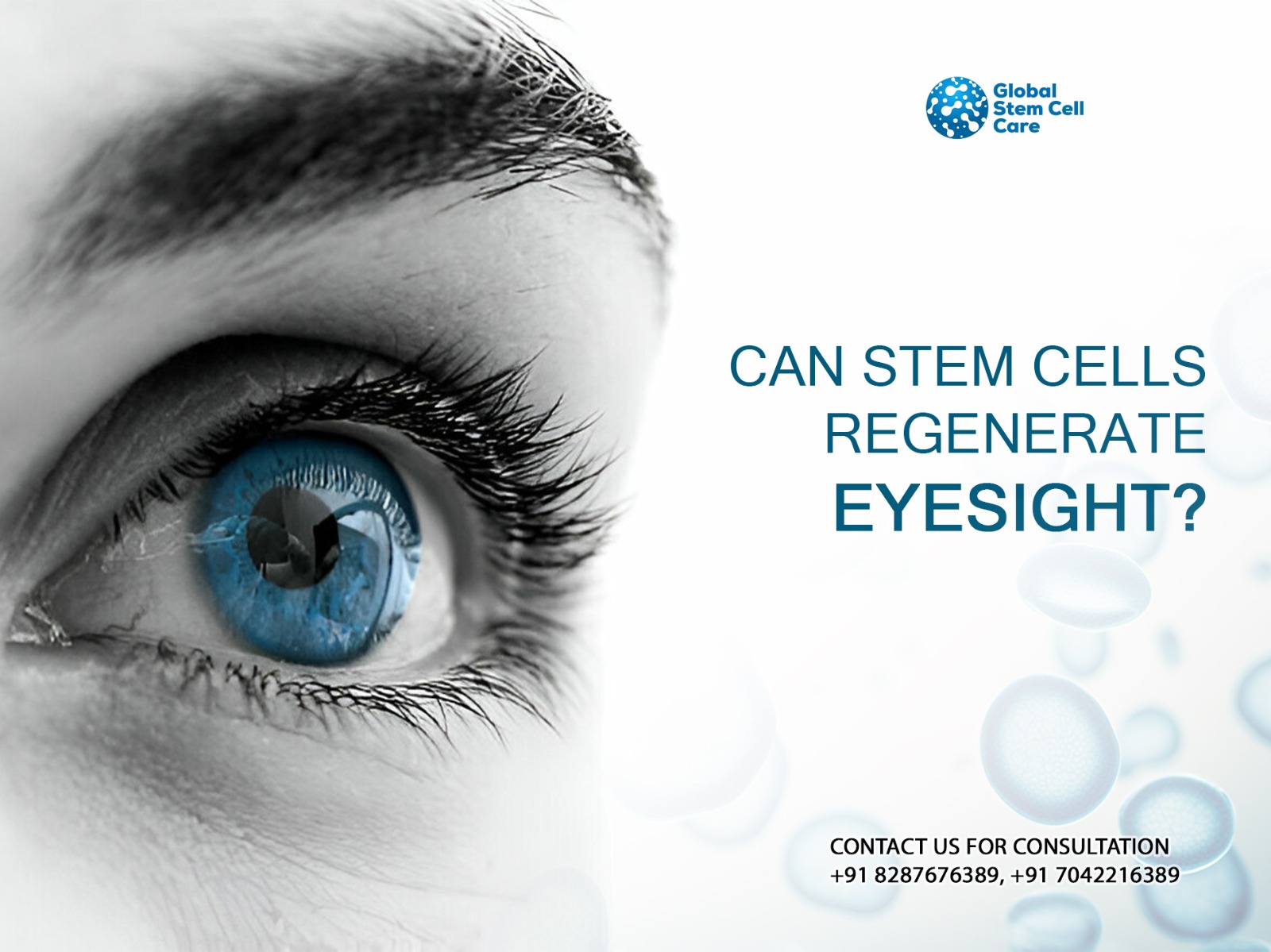Millions of people worldwide suffer from eye diseases that cause them to lose their vision or sight, which has a major negative influence on their quality of life. Through the use of stem cells alone, the search to restore vision has resulted in some ground-breaking studies and advances in regenerative medicine. Stem cell for eye diseases hold the potential to regenerate damaged eye tissues and restore vision, providing a light of hope for those suffering from a variety of eye conditions. Global Stem Cell Care, a leading consultant for stem cell therapy, provides you with excellent insights about stem cell therapy.
Understanding Stem Cells & Their Potential
These stem cells are different from other cells, they have the ability to develop into different types of cells in the body. They can repair, replace, and regenerate damaged tissues, making them a powerful instrument in regenerative medicine. There are two types of main stem cells used in this therapy:
- Embryonic Stem Cells (ESCs)
These cells are derived from early-stage embryos and have the potential to become any cell type in the body.
- Adult Stem Cells
It is typically found in tissues such as bone marrow and fat. These cells have a restricted range of cell types that are related to the tissue from which they originated. Mesenchymal stem cells (MSCs) are a type of adult stem cell commonly used in regenerative therapies.
Eye Conditions Potentially Treatable with Stem Cell Therapy
Some of the eye conditions are currently being studied for treatment with stem cell therapy, such as the following:
- Age-Related Macular Degeneration (AMD)
The main cause of vision loss in older adults is AMD, which affects the macula, the part of the retina that is responsible for central vision.
- Retinitis Pigmentosa (RP)
A group of genetic disorders that result in the degeneration of photoreceptor cells in the retina, which leads to progressive vision loss.
- Glaucoma
This condition is characterized by damage to the optic nerve, typically associated with increased intraocular pressure.
- Corneal Diseases
The conditions like corneal ulcers and scarring can cause considerable vision impairment.
Mechanisms of Stem Cell Therapy in Eyesight Regeneration
Stem cell therapy’s objective is to replace or repair damaged cells in the eye. The following steps are usually included in the procedure:
- Isolation & Cultivation: Stem cells are isolated from a suitable source, like the patient’s own body (autologous) or a donor (allogeneic). These cells are then cultured and expanded in the laboratory.
- Differentiation: These stem cells are guided to develop into a specific type of cells for treatment, including retinal cells or corneal cells.
- Transplantation: The differentiated cells are transplanted into the affected area of the eye, where they incorporate with existing tissue and begin the process of repair and regeneration.
Research & Clinical Trials
There are numerous studies and clinical trials underway to explore the effectiveness of stem cell treatment for eyesight regeneration. Initial results have been promising, showing potential for halting or even reversing vision loss. For example, in trials for AMD, stem cell-derived retinal cells have been successfully incorporated into the retina, which leads to enhanced vision in some patients.
Future Prospects
While stem cell therapy does offer hope for eye regeneration, it is still in the experimental stage, and the advancements made so far are encouraging. Ongoing research and clinical trials further elucidate the potential of stem cells to restore vision and offer new possibilities to those suffering from debilitating eye conditions.
Conclusion
As a possible therapy for eyesight regeneration, stem cell therapy has demonstrated some encouraging outcomes. The goal of giving millions of people their vision back could soon come true with continued research, changing lives and paving the way for a better future. To find out more information about stem cell therapy, people who are thinking about it might find it wise to speak with knowledgeable consultants like Global Stem Cells.
